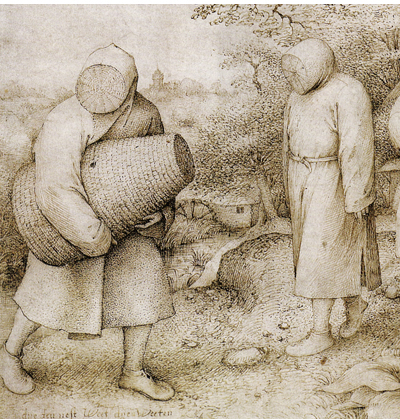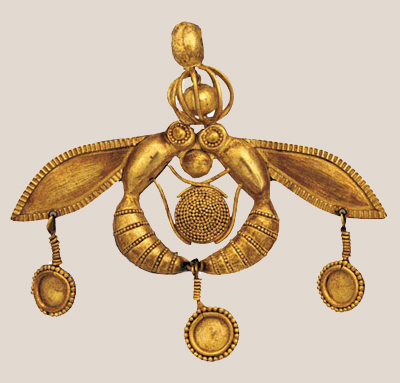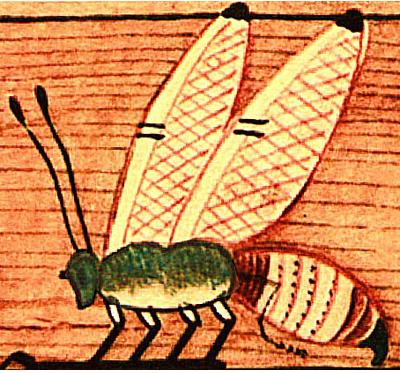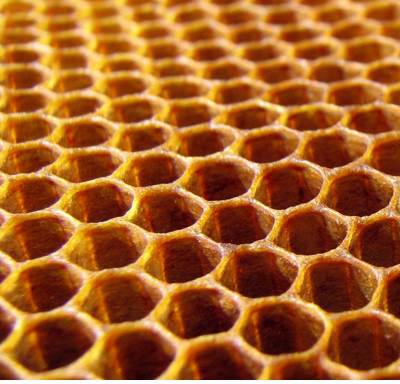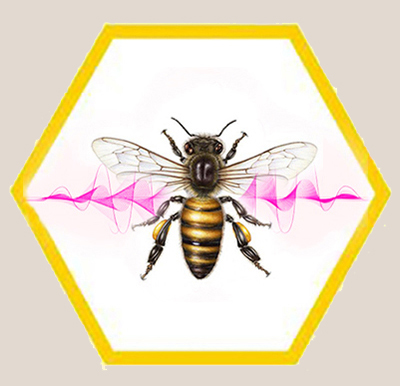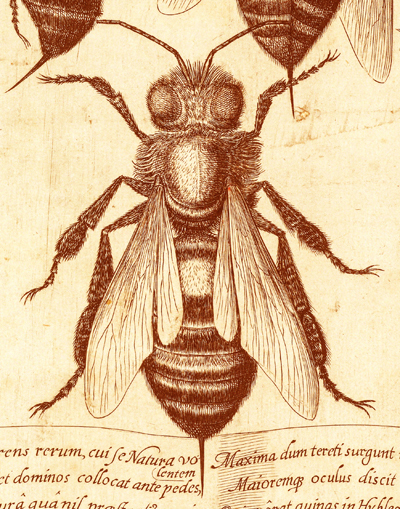Incontri con le api
Museo multimediale di alto livello interdisciplinare, dove vengono trattate otto materie di studio:
Apicoltura - Archeologia – Mitologia - Matematica - Sonologia – Musica – Terapia – Arte
utilizzando Articoli – Immagini - Foto - Video – Suoni – Musiche – Letture - Poetica, tutto
interconnesso.
Novità
LP E CDBACKSTAGE
Materie di studio
beekeeping
The different types of bees, those raised and those wild, including the solitary ones. The life of the bee. From the organization of the hive to the production of honey, wax, propolis, pollen, royal jelly. Environmental problems linked to their and our survival are denounced.
Types - Morphology
Ethology
Breeding
Environmental emergency
Honey
Propolis
Royal jelly
Pollen
Wax
The Social Life of Bees
archeology
Bees and honey in prehistory and ancient civilizations through finds, representations and writings. Primitive hives and ancient reconstructed hives. Techniques to produce honey, propolis, wax
Le api e il miele nella preistoria
Le api nelle antiche civiltÃ
Alveari primitivi e antiche arnie ricostruite.
Antiche tecniche per produrre il miele, la propoli
mythology
The sacredness of bees is exalted in all the ancient ones civilization. Myths speak of gods helped by bees. In the Egyptian hieroglyphics the bee was the symbol that designated the pharaoh, as the great oraculating priestesses were devoted to bees.
Storie e leggende
Poetica: il miele e le api
Personaggi
Danza
Teatro
Cartoni animati
mathematics
The hexagonal cell of the bees is a cosmic form that we find again among the crystals some snowflakes as among the gigantic eddies on the planet Saturn.
La matrice esagonale
Matematica e geometria dell’esagono
La matematica nella danza dell’ape
sonology
How bees produce sounds and their functions. From the subtle song of the queen to the mighty hum of swarm during swarming.
Come producono i suoni le api
Le funzioni sonore
Il canto dell’ape regina
Lo sciame
Il potere terapeutico del ronzio delle api
music
Sound and musical instruments and songs that seek the hum, that continuous hum that represents the staff of the universe, the background noise or cosmic radiation of astrophysicists, or the glue that holds the universe together: the Aum of the Hindus. Buzzers and vibrating membranes for wind and percussion. Instruments with fundamental humming strings in India such as the tampura or in Ethiopia, with the bagana, in Morocco with the bendir and in the European Middle Ages with the hurdy-gurdy.
Strumenti sonori e musicali che ricercano il ronzio
l’Aum, il canto sanscrito bhramari degli Indù
Musiche ispirate alle api
therapy
The therapeutic power of the buzz capable of activating cerebral spheres. From the ethereal hum of the nocturnal swarm to the soothing hum of the Indian tampura, to the powerful stimulating flying buzzers to the Sanskrit Bhramari chant that imitates the sound of bees to bring peace and serenity. Therapeutic products: honey, propolis, royal jelly, pollen
art
From the splendid Minoan jewels depicting bee priestesses, to coins, heraldic coats of arms, medieval bestiaries, Arabesque and classical and ethnic art up to modern art: drawings, paintings, logos, murals, sculptures, installations, performances.
Le api nell’Arte
Le Api nell’arte Preistorica
Arte Classica
Gioielli
Monete
Bestiari Medioevali
Arte Moderna
Stemmi Araldici
Etnica
Arabesque
Loghi
Bambini
Cultura sulle api
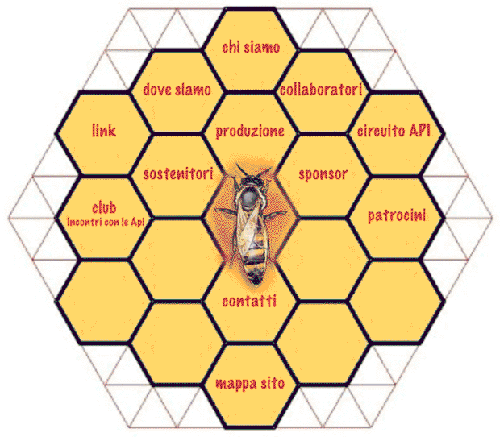
Per una cultura sulle api
Per salvare le api ci vuole una “cultura” sulle api, non solo conoscere questo straordinario essere e
il suo mondo, ma anche quanto le api abbiano influenzato la cultura e la spiritualità umana e sono
fondamentali per la sopravvivenza stessa dell’essere umano.
Le api, il miele, la propoli, la cera accompagnano l’uomo sin dalla preistoria e nelle antiche civiltà
sono simbolo del massimo potere, in Egitto il faraone era designato con il geroglifico
rappresentante un’ape e in India la vibrazione.
Il Museo multimediale
Un fondamentale strumento per le scuole e per una cultura generale sulle api.
In questo momento storico è divenuto necessario riuscire a trasmettere la conoscenza attraverso
la rete con tutti i media disponibili.
La scuola, dalle elementari all’Università, necessita di poter accedere facilmente al maggior
numero di informazioni e dati in modo semplice ed interdisciplinare.
La rete se usata sapientemente impiegando il sistema ipertestuale con testi, immagini, suoni,
musiche, video e incontri telematici, può arrivare a fornire quell’interdisciplinarietà che ora
caratterizza l’insegnamento più avanzato.
Un sito-museo in rete costituisce il “luogo” dove poter raccogliere e diffondere adeguatamente le
tematiche da trattare in questo caso riferite alle Api.
Clienti
Progetti
Ore di esperienza
Collaboratori
Servizi
Ecco alcuni esempi dei servizi che possiamo offrire.
Vuoi adottare un alveare?
Duis aute irure dolor in reprehenderit in voluptate velit esse cillum dolore eu fugiat nulla pariatur. Excepteur sint occaecat cupidatat non proident, sunt in culpa qui officia deserunt mollit anim id est laborum.
Adotta l'alveareGruppo di lavoro
Le persone che lavorano a questo sito e a cui potete rivolgervi
Contatto
Il gruppo operativo di base risiede nel Cilento (SA) a Capaccio – Paestum, così le arnie con le api di Carmine e la collezione di strumenti ronzanti del Centro del Suono gestita da Walter
Location:
Capaccio- Paestum
Email:
info@incontriconleapi.it
Telefono
+39 22222 3333

